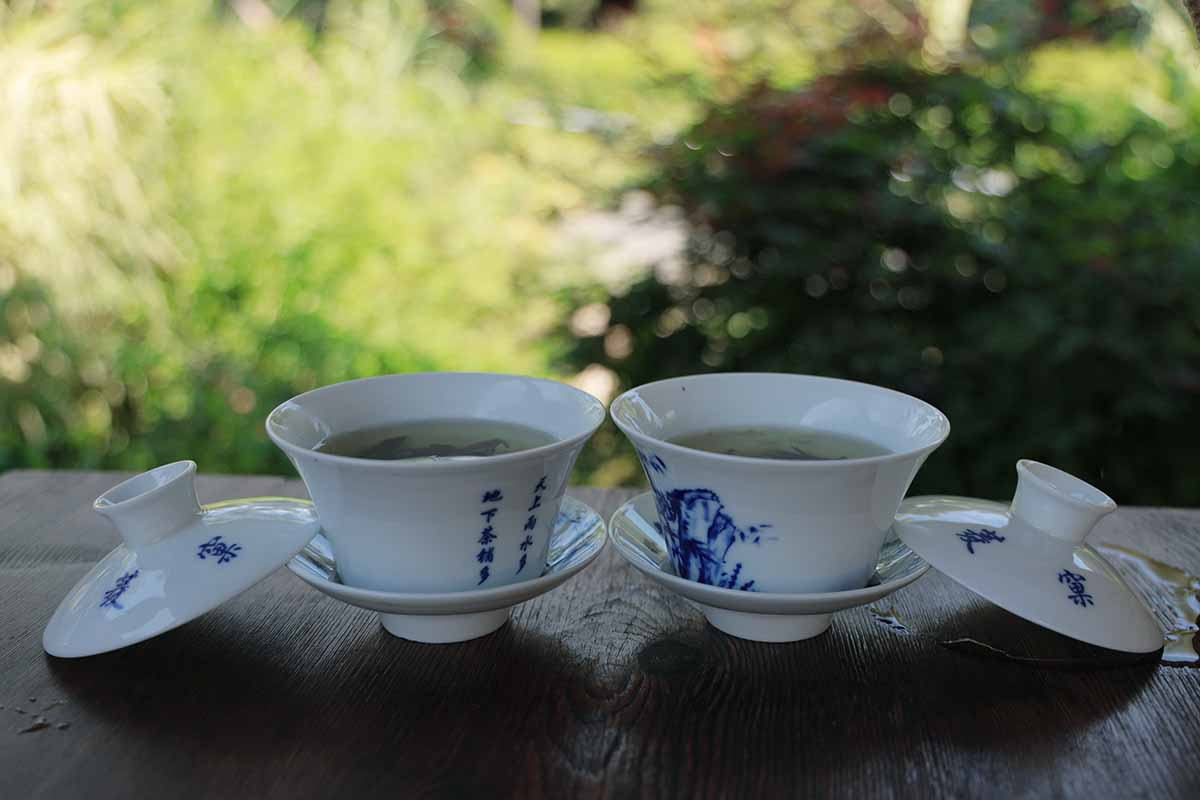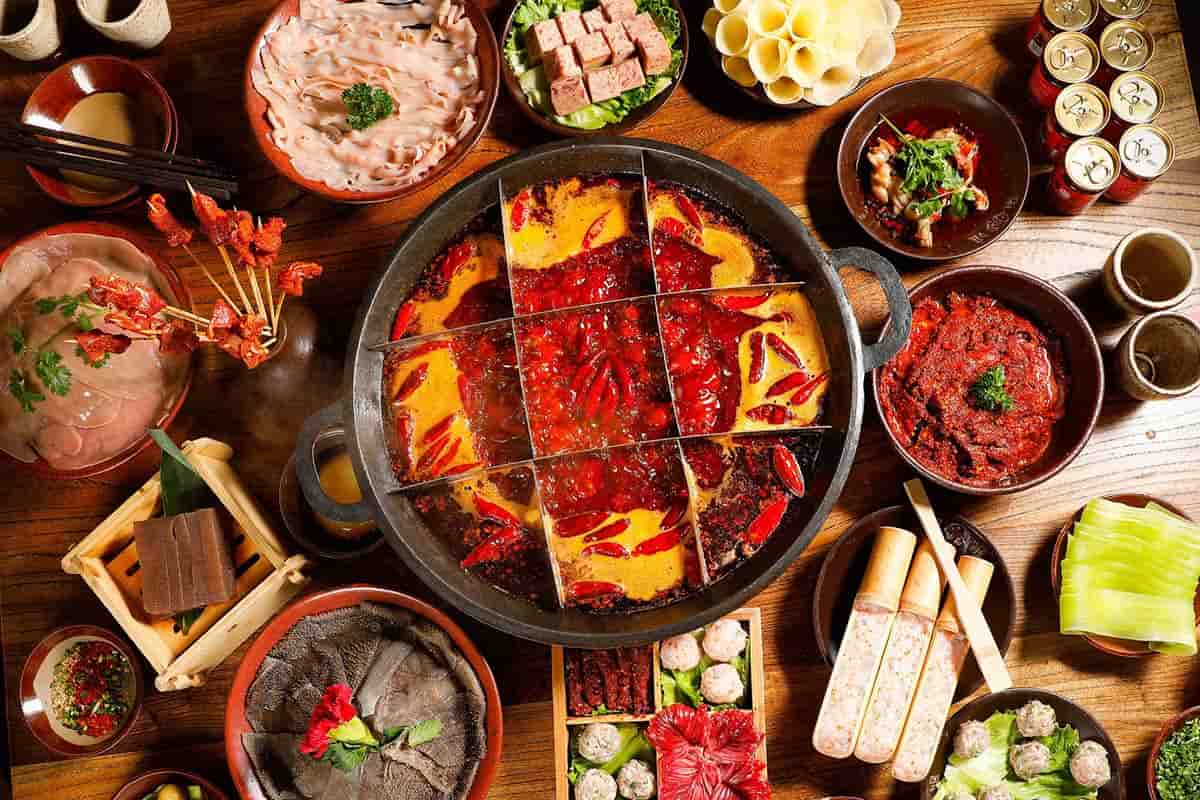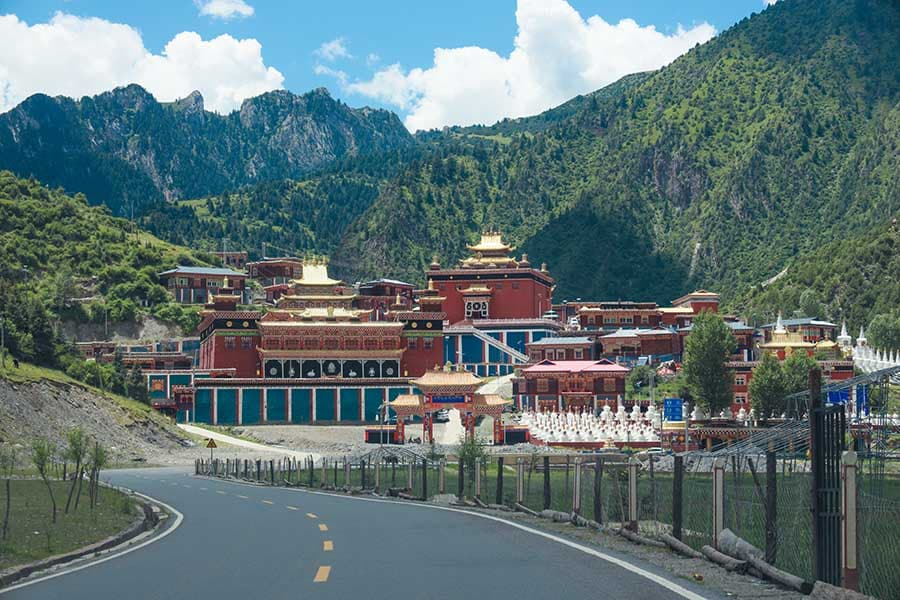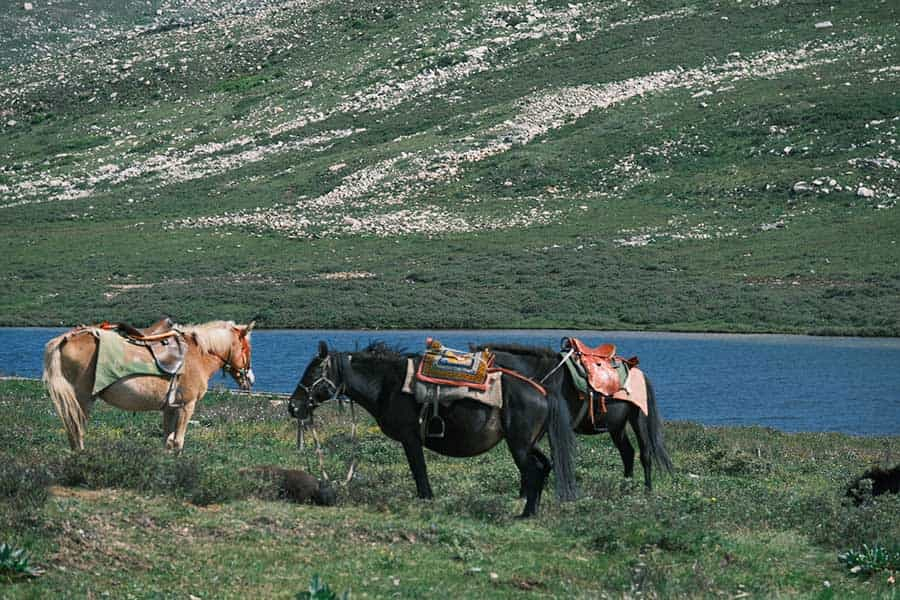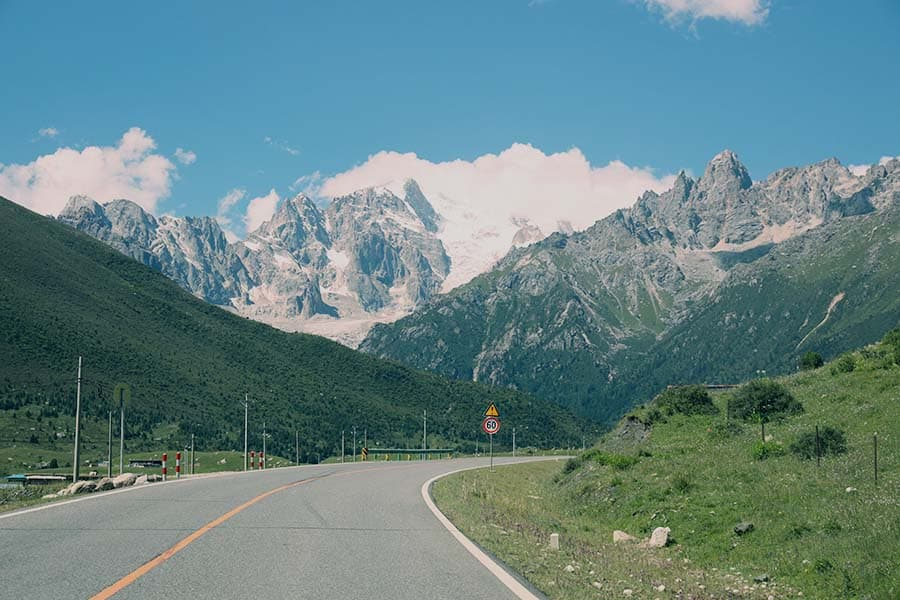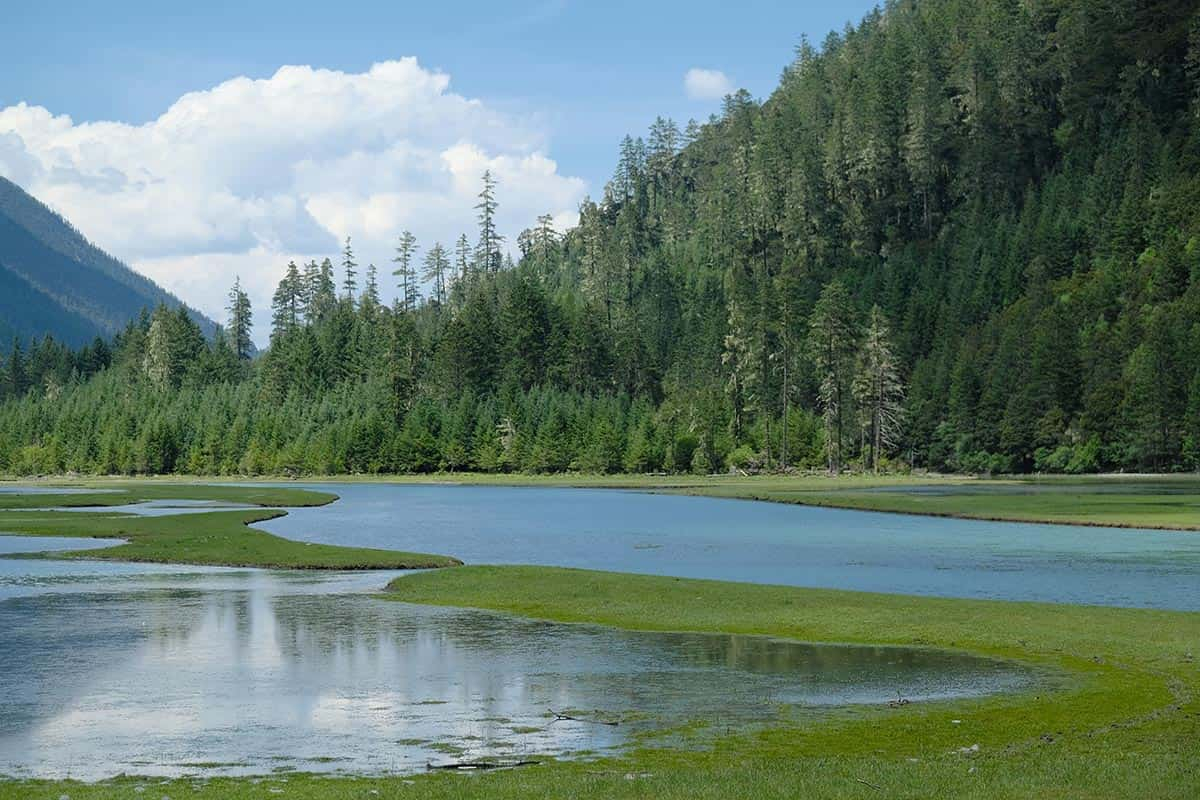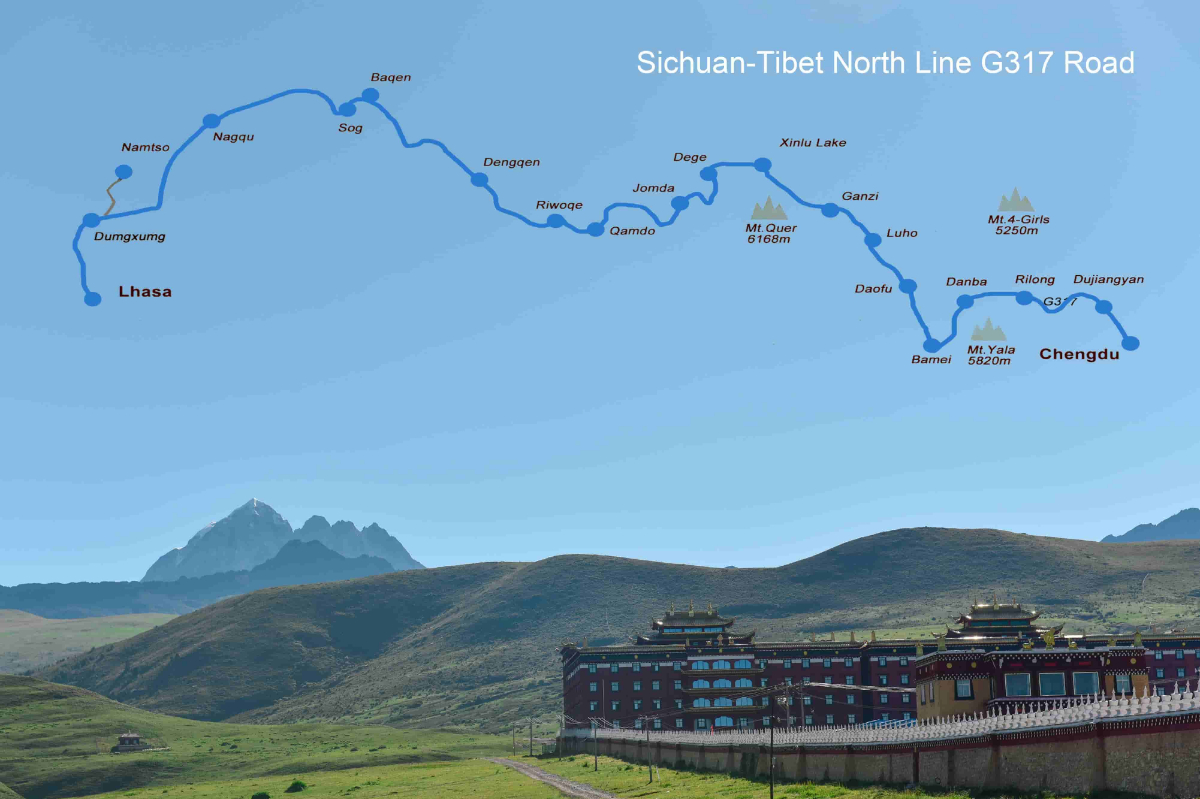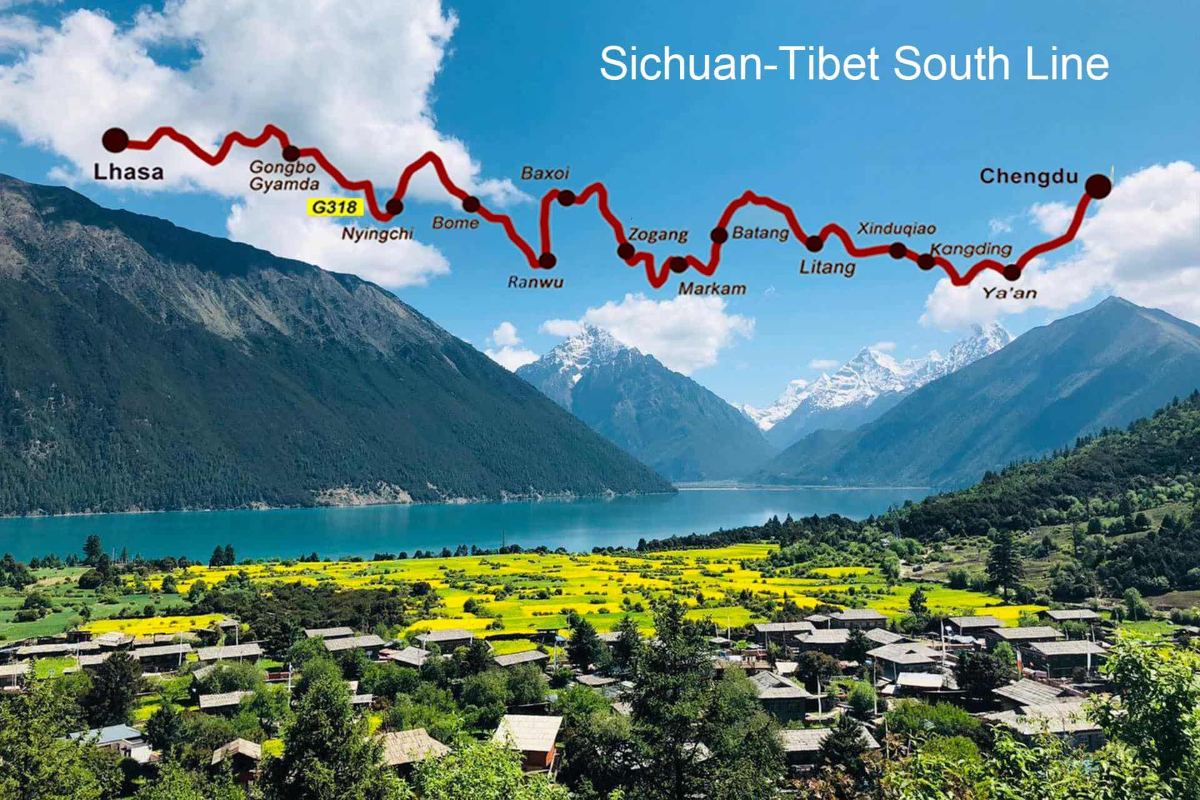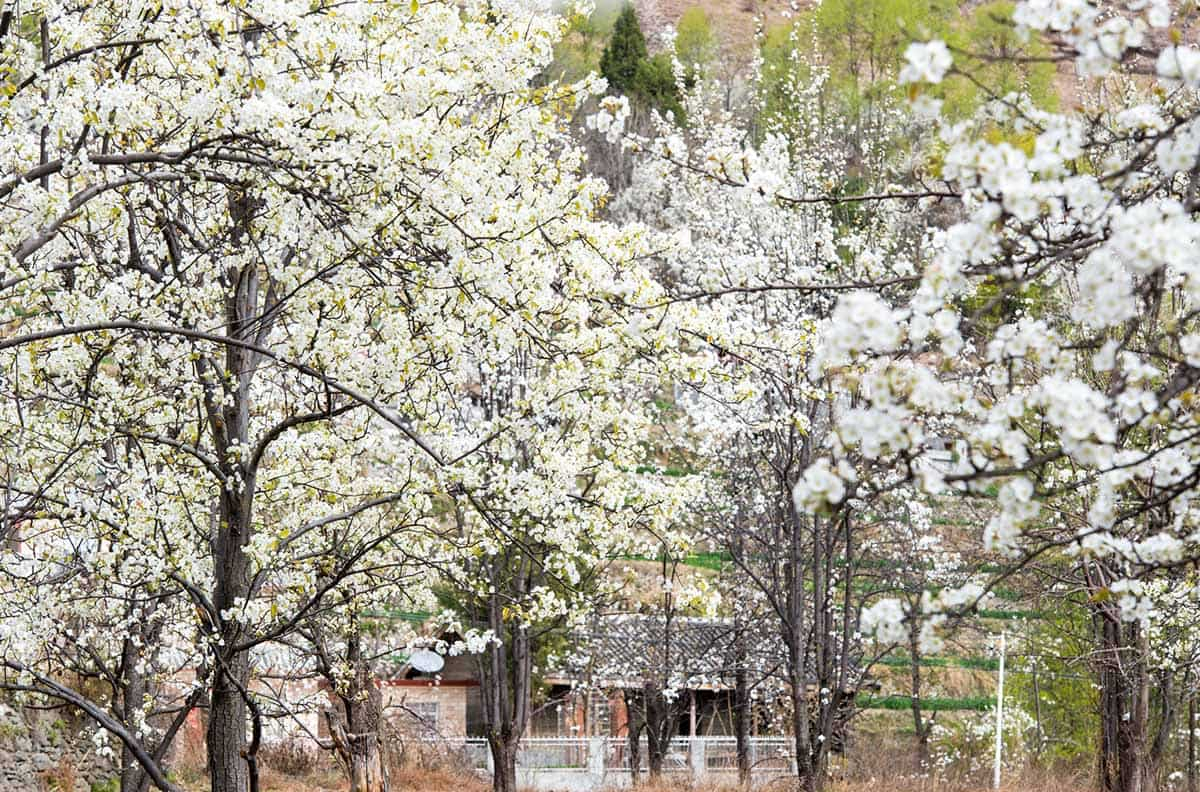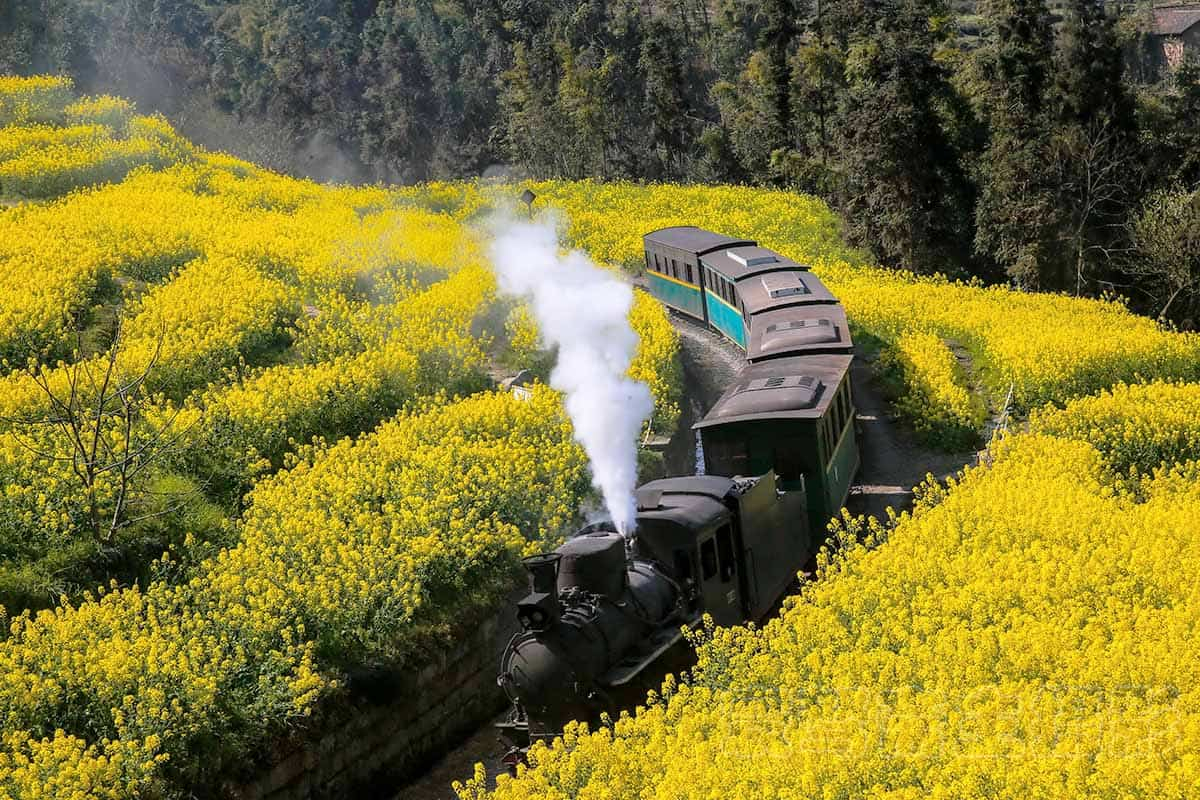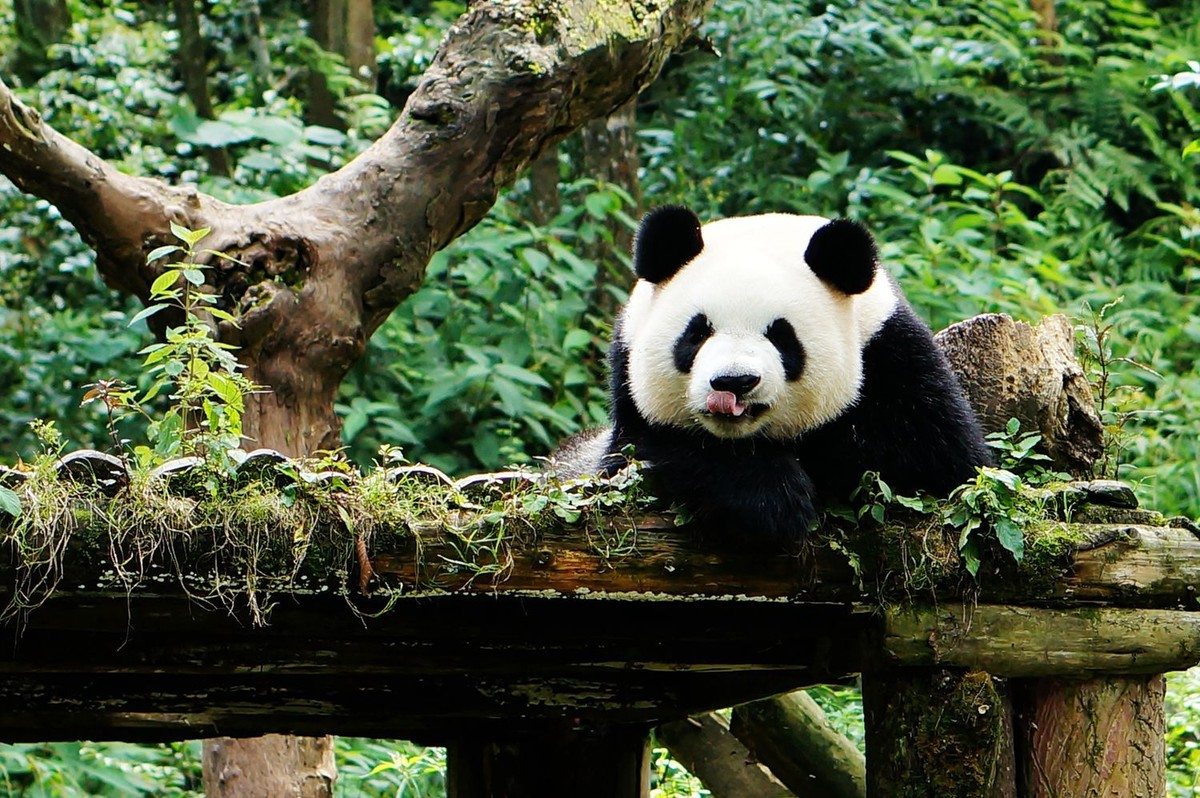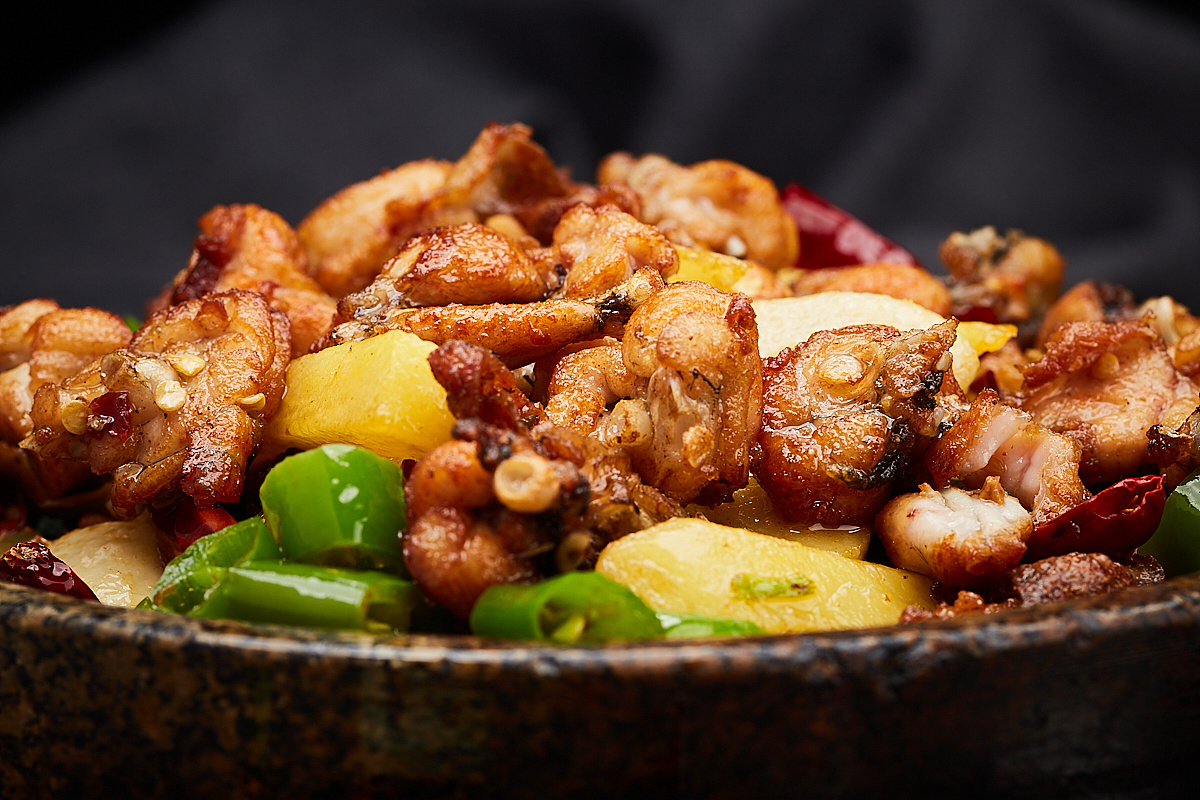Sichuan Tibet Highway: G317 Road or G318 Road to Tibet?
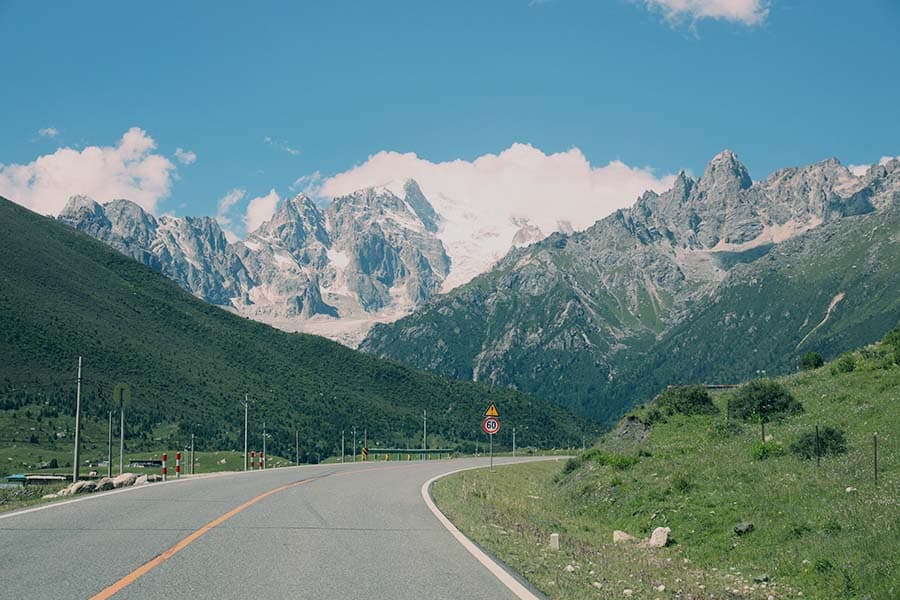
Running from Chengdu in Sichuan Province to Lhasa, the capital city of Tibet, the Sichuan-Tibet Highway is more than 2,000 kilometers of tarmac road that links the lowland basin of Chengdu, as well as the rest of southern China, to the high-altitude plateau land of Tibet. Crossing more than a dozen mountains over 4,000 meters, high mountain passes, dozens of famous rivers, primeval forests, and passing numerous lakes, villages, and monasteries, this route is one of the most adventurous journeys in the world.
● Different Route
318 Southern Route:
Departing from Chengdu, passing Ya'an and National Highway 108, crossing Erlang Mountain to the west, crossing the upper reaches of Dadu River, Yalong River, Jinsha River, Lancang River, and Nu River along the way, passing Yajiang, Litang, Batang Zhubalong Jinsha River Bridge entered Tibet, and then arrived in Lhasa via Mangkang, Zogang, Bangda, Basu, Ranwu, Bomi, Nyingchi, Mozhugongka, and Dazi. The total length is about 2116km.
317 Northern Route:
Starting from Chengdu, going north to Yingxiu Town and move west, passing through Wolong Nature Reserve, Guanyin Bridge, and reaching Seda. After entering Ganzi, pass Daofu, Luhuo, Ganzi, Dege, cross the Gangga Jinsha River Bridge and enter Tibet, and then pass Jiangda, Qamdo, Leiwuqi, Baqing, Suoxian, Nagqu to Lhasa. The total length is about 2412km.
● Different Scenery
G318 Southern Route:
Mainly known for its natural scenery. Along the way, there're majestic mountains and valleys, endless grasslands, snow-capped meadows, as well as prayer flags, Mani Stones, Tibetan monasteries, and colorful folk customs. You will experience "Photographers' paradise" Xindu Bridge, “Bodhisattva's favorite place” Tagong grassland, 72 Turns of Nujiang River, crystal blue Ranwu Lake, the deepest canyon on earth - Yarlung Zangbo River Grand Canyon, "Dragon King's Valley" Lulang Forest, fabulous Draksum-tso Lake, and so on. The travel and photography fans call it "golden route".
G317 Northern Route:
Mainly based on cultural landscapes. Along the way, you will enjoy both natural scenery and cultural relics, the "Oriental Alps " Siguniang Mountain(The Four Girls Mountain), “ancient country of thousands of watchtowers” Danba, "Buddhist paradise jade pool" Xinhailu, “the highest and most dangerous mountain in Sichuan Tibet Highway” Chola mountain, the "Little Potala Palace" Zandan Monastery, “the world's highest lake” Namtso, and so on.
● Different Road Conditions
G318 Southern Route:
The whole road sometimes runs along the river in the canyon, sometimes runs on the grassland, and sometimes on the winding mountain road. There's a large altitude difference from 2000 meters to 4000 meters above sea level but the overall condition is still good.
G317 Northern Route:
Compared with the Southern route, this route has a slightly higher elevation. Passing mostly pastoral areas with high altitude, sparsely populated, relatively primitive, and difficult to drive, so the journey is more exciting and thrilling.
● Best Time to Go
Regardless of the G317 Nothern Route or G318 Southern Route, the best time to travel through the Sichuan-Tibet Highway is from May to June and September to October. The Sichuan-Tibet line is one of the hottest tourist routes in summer due to its charming scenery and challenging conditions. If you travel in the rainy season like July and August, you need to arrange more time, due to occasional mudslides and landslides. No matter which route you choose, the Sichuan-Tibet Highway is a place worth visiting.
In General, There's no comparison between the Southern route and the Northern route, as different people have different preferences. If you just want to enjoy the landscape, you may choose the Southern route. If you want to feel the Buddhist atmosphere, you can choose the Northern route. The best way is to complete both routes so that you can experience the natural scenery and cultural customs.
- HOTEST
- RECOMMEND
